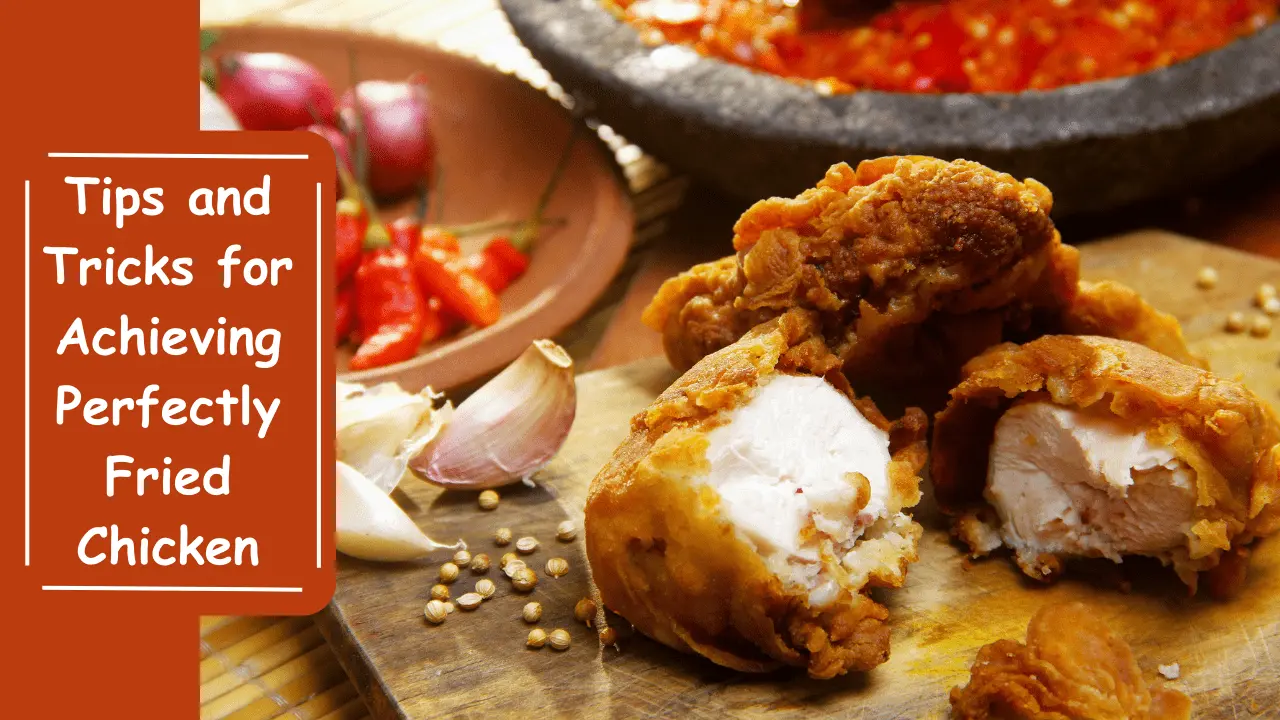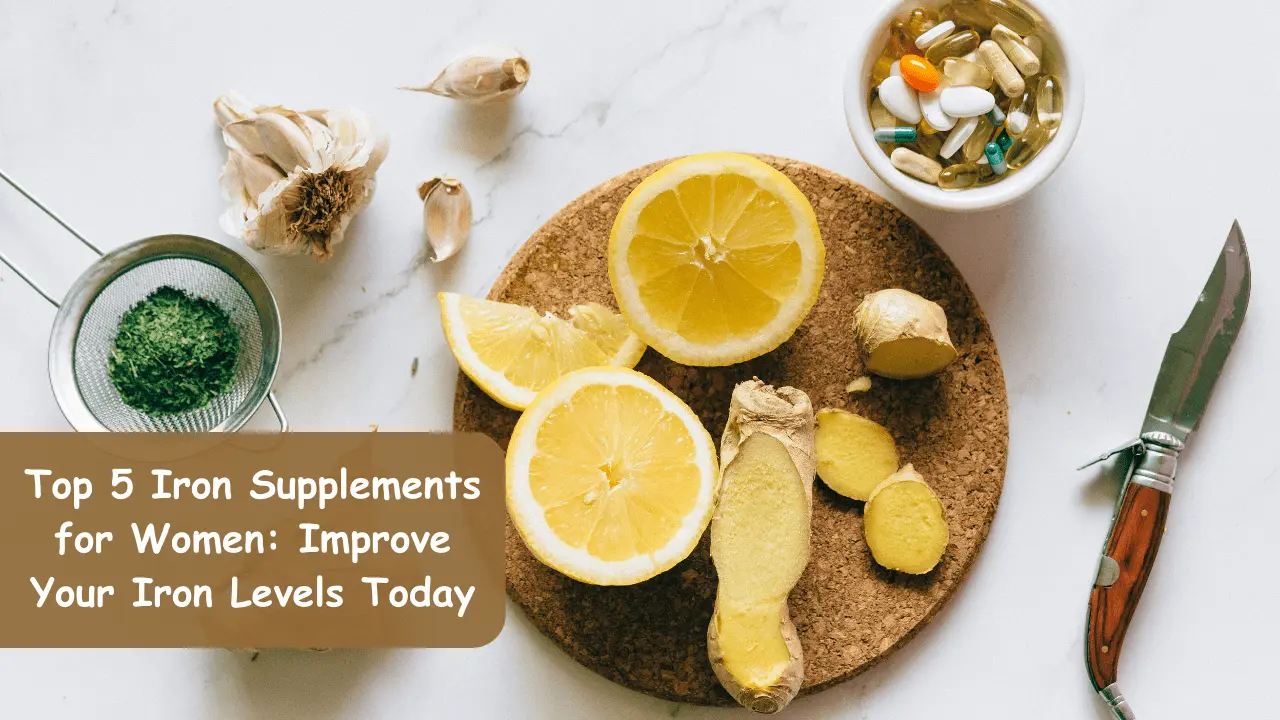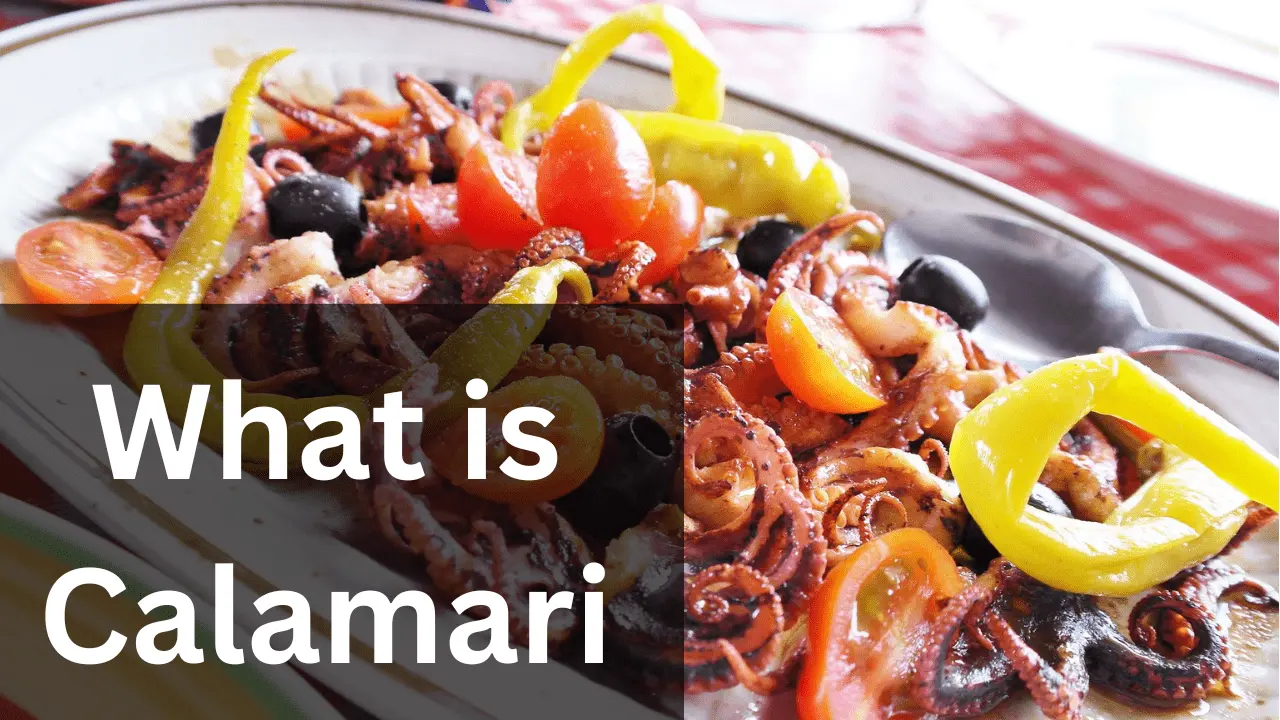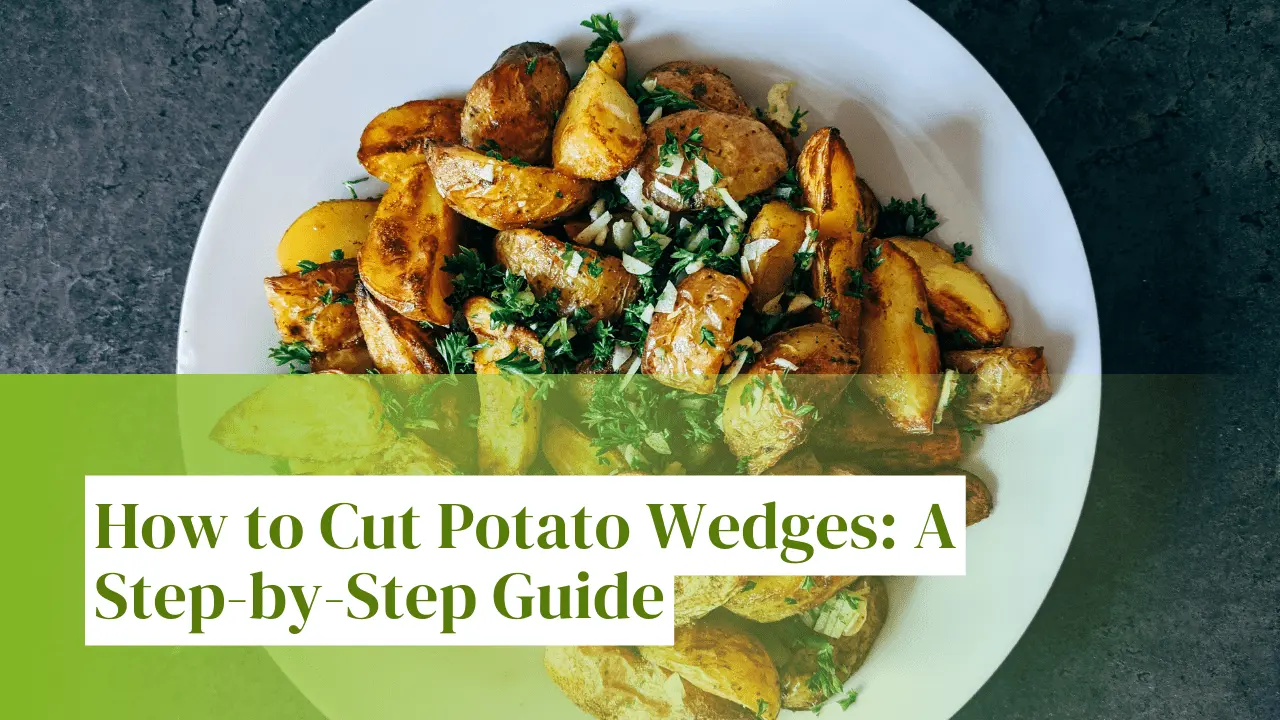The Foundation: Choosing the Right Chicken
Selecting the right cuts and quality of chicken is essential in achieving a delicious and well-textured final dish. The type of chicken cut you choose can significantly impact the taste, tenderness, and overall cooking experience. Here’s why it’s important:
- Texture and Tenderness: Different cuts of chicken have varying levels of tenderness due to variations in muscle usage. For example, chicken breast is lean and tender, while chicken thighs have more fat and connective tissue, which can make them juicier and more flavorful when cooked properly.
- Flavor Profile: The different parts of the chicken have distinct flavors. Breast meat is mild, while darker cuts like thighs and drumsticks offer richer flavors. Skin-on cuts can also add flavor through the rendered fat during cooking.
- Cooking Methods: The cut of chicken you choose should align with the cooking method you intend to use. Lean cuts like chicken breast are suitable for quick cooking methods like grilling, while tougher cuts benefit from slow cooking methods that break down connective tissue.
- Moisture Retention: The fat content and connective tissue in certain cuts help retain moisture during cooking. Skin-on cuts and those with a bit more fat can yield juicier results.
- Dish Presentation: The appearance of your dish is impacted by the cut you select. Different cuts have distinct shapes and sizes, influencing how the final dish looks on the plate.
- Recipe Adaptation: The choice of chicken cut can impact how well it absorbs marinades, sauces, and seasonings. Some cuts absorb flavors more readily than others.
- Budget Considerations: Different cuts have varying price points, allowing you to choose options that align with your budget while still achieving a delicious meal.
- Cultural and Regional Variations: Different cultures and regions have preferred cuts for specific dishes. Understanding these preferences can enhance the authenticity of your cooking.
The Science Behind the Crisp: Oil and Temperature
- Choosing the Right Oil:The type of oil you choose plays a significant role in achieving crispiness. Oils with higher smoke points, such as vegetable oil, canola oil, and peanut oil, are better suited for high-heat cooking methods like frying. This prevents the oil from breaking down and producing undesirable flavors.
- Temperature Control: Maintaining the correct cooking temperature is crucial. When food is introduced to hot oil or heat, moisture on the surface turns into steam. If the oil isn’t hot enough, the steam will be trapped in the food, resulting in soggy or greasy texture. On the other hand, if the oil is too hot, the exterior may brown too quickly before the interior is fully cooked.
- Moisture Removal: Crispiness is achieved when moisture is rapidly evaporated from the food’s surface. This is why drying food thoroughly before cooking is essential. Moisture inhibits the Maillard reaction (responsible for browning) and creates steam that can soften the outer layer.
- Maillard Reaction: The Maillard reaction is a chemical reaction between amino acids and reducing sugars that occurs when food is exposed to heat. This reaction leads to browning, flavor development, and the creation of crisp textures on the surface of the food.
- Proper Coating and Breading: Coating or breading food with flour, breadcrumbs, or other dry ingredients can create a protective barrier that helps retain moisture and enhance crispiness. These coatings can become golden brown and crispy when exposed to high heat.
- Avoiding Overcrowding: When cooking multiple items, avoid overcrowding the cooking surface. Overcrowding can lower the temperature and result in uneven cooking and reduced crispiness.
- Airflow and Drying: When baking or roasting, using a wire rack or elevated surface allows hot air to circulate around the food, promoting even cooking and better crispiness.
- Resting Period: After cooking, allow the food to rest for a few minutes. During this time, residual heat will continue to crisp the exterior, and the steam trapped inside will escape, preventing sogginess.
- Patience and Observation: Achieving the perfect crispiness requires patience and careful observation. Monitor the cooking process closely, adjusting temperature and timing as needed.
The Art of Flavor Infusion: Marinades and Seasonings
- Components of a Marinade:
- Acid: Citrus juices, vinegar, yogurt, or buttermilk tenderize the chicken by breaking down its proteins.
- Oil: Olive oil, vegetable oil, or sesame oil help carry flavors and prevent sticking during cooking.
- Seasonings: Herbs, spices, garlic, ginger, onions, and more add depth and complexity to the flavor profile.
- Salt: Enhances flavor and helps the marinade penetrate the meat.
- Sweeteners: Honey, maple syrup, or sugar can balance flavors and contribute to caramelization during cooking.
- Flavor Pairings: Choose seasonings that complement each other and the type of dish you’re making. For example, a Mediterranean-inspired marinade might include oregano, lemon, and garlic, while a spicy Asian marinade might feature soy sauce, ginger, and chili flakes.
- Balancing Flavors: Aim for a balanced combination of sweet, salty, acidic, and savory elements. Taste the marinade before adding the chicken to ensure it’s flavorful.
- Marinating Time: Marinate chicken for at least 30 minutes, but no more than 24 hours, to avoid over-marinating and affecting the texture.
- Using Acid: Be cautious with highly acidic ingredients like citrus juices, as prolonged exposure can toughen the meat. Consider using milder acids like yogurt or buttermilk for longer marinating times.
- Temperature: Marinate chicken in the refrigerator to prevent bacterial growth and ensure food safety.
- Permeability: Puncture the chicken’s surface (e.g., with a fork) to allow the marinade to penetrate.
- Aromatics: Fresh herbs, garlic, onions, and ginger add aromatic complexity to the marinade.
- Taste Testing: Before adding chicken, taste the marinade to make sure it’s seasoned to your liking.
The Perfect Fry: Timing and Cooking Methods
- Chicken Wings:
- Frying Time: About 10-12 minutes.
- Method: Fry wings at 350°F (175°C) until they’re golden brown and crispy. Use a thermometer to ensure the internal temperature reaches 165°F (74°C).
- Chicken Drumsticks and Thighs:
- Frying Time: About 12-15 minutes.
- Method: Fry drumsticks and thighs at 350°F (175°C) until they’re deep golden brown and fully cooked. The internal temperature should reach 165°F (74°C).
- Chicken Breast Strips or Tenders:
- Frying Time: About 6-8 minutes.
- Method: Fry breast strips or tenders at 350°F (175°C) until they’re crispy on the outside and fully cooked inside. Use a thermometer to ensure an internal temperature of 165°F (74°C).
- Whole Chicken Pieces (Leg Quarters):
- Frying Time: About 15-18 minutes.
- Method: Fry leg quarters at 350°F (175°C) until they’re deep golden brown and the internal temperature reaches 165°F (74°C).
- Temperature Control: Maintain a consistent frying temperature to ensure even cooking and avoid greasiness. Use a thermometer to monitor the oil temperature throughout the frying process.
- Breading and Coating: Properly bread and coat the chicken to achieve crispy results. A well-coated chicken helps to lock in moisture and prevents the oil from penetrating the meat.
- Drain Excess Oil: After frying, place the fried chicken on a wire rack or paper towels to drain excess oil and maintain crispiness.
- Test for Doneness: Use a meat thermometer to check the internal temperature. The safe internal temperature for chicken is 165°F (74°C).
- Resting Period: Allow fried chicken to rest for a few minutes before serving. This helps the juices redistribute and ensures a more flavorful bite.
Nailing Presentation: Garnishes and Pairings
Creative Garnishes:
- Fresh Herbs: Sprinkle chopped fresh herbs like parsley, cilantro, or chives over the fried chicken for a burst of color and added freshness.
- Citrus Zest: Grate lemon, lime, or orange zest over the chicken to add vibrant flavor and a touch of brightness.
- Edible Flowers: Use edible flowers like nasturtiums, pansies, or marigolds to add a delicate and visually appealing touch to your plate.
- Microgreens: Top your fried chicken with microgreens such as arugula, radish sprouts, or pea shoots for a subtle peppery flavor and a refined look.
- Pickled Vegetables: Place a small serving of pickled red onions, jalapenos, or other vegetables on the side for a tangy contrast to the rich fried chicken.
- Sauces and Drizzles: Drizzle a flavorful sauce, such as aioli, flavored mayo, or balsamic reduction, over the fried chicken to enhance its taste and presentation.
Innovate and Elevate: Creative Fried Chicken Variations
- Unique Flavor Profiles:
- Spicy and Sweet: Create a spicy-sweet balance by coating your fried chicken with a glaze made from honey, hot sauce, and a touch of vinegar.
- Honey Mustard Twist: Combine honey, Dijon mustard, and a pinch of curry powder to add a unique and flavorful twist to your fried chicken.
- Maple Bacon Delight: Infuse the chicken with the smoky-sweet flavors of maple syrup and crumbled bacon for a mouthwatering combination.
- International Inspirations:
- Korean-Inspired Gochujang: Marinate the chicken in a mixture of gochujang (Korean red pepper paste), soy sauce, and ginger for a spicy and savory Korean fried chicken experience.
- Indian Spice Fusion: Use a blend of Indian spices like garam masala, turmeric, and cumin to create a flavorful coating that brings the taste of Indian cuisine to your fried chicken.
- Japanese Katsu: Bread your chicken with panko breadcrumbs and serve it with a tangy tonkatsu sauce for a Japanese katsu-inspired twist.
- Innovative Coatings:
- Nutty Crust: Crush nuts like almonds or pistachios and use them as a coating for a crunchy and nutty flavor profile.
- Parmesan Perfection: Mix grated Parmesan cheese with breadcrumbs and herbs for a savory and cheesy coating.
- Herb and Spice Blend: Create a unique herb and spice blend using a mix of dried herbs, spices, and a touch of citrus zest for added depth of flavor.
Conclusion:
In the world of fried chicken, crispy perfection awaits those who dare to master the art. Remember these key tips and tricks: start with quality ingredients, double-dip for extra crunch, maintain the right oil temperature, and savor the creativity that fried chicken allows. With these secrets, you’re destined to create a symphony of flavor and crunch that will have everyone singing your praises. Get frying, and let your culinary journey begin!





Wow, marvelous weblog layout! How long have you
ever been running a blog for? you make blogging look easy.
The full look of your web site is magnificent, let alone the content!
You can see similar here sklep internetowy
cheapest pharmacy
prednisone 2.5 mg tablet